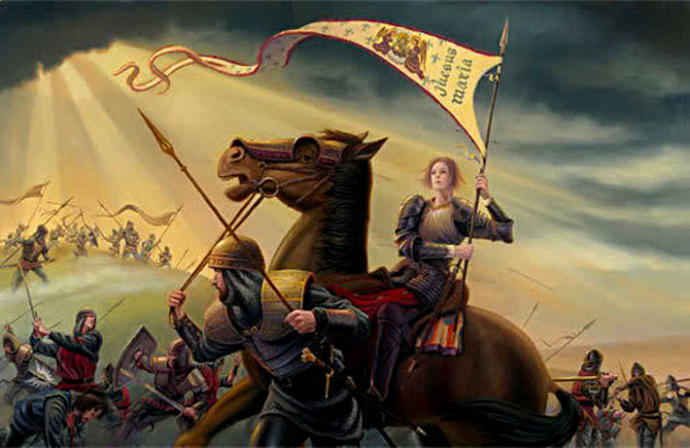I recently came across this article that truly fascinated and intrigued me. For my entire life, I've been an avid lover of history. I've always enjoyed reading about it, learning more, and furthering my understanding of history and the many complicated perspectives and points of view surrounding various people and events.
It is generally thought that all throughout history, women have played subservient roles. This is something that seems widely accepted when I hear other people talk about women in history. I always hear people saying "women couldn't be in any positions of power and only recently gained any sort of freedom." But was that truly the case? Surely not ALL women were forced to be submissive in every society and culture in history, right? This new finding (linked in the article above) demonstrates that women WERE able to fulfill other roles in some cultures, as DNA has proven, even against the odds.

A Viking gravesite, widely assumed to be that of a powerful male warrior, has now been examined and found to be a woman! Yes, a woman in a position of power. In fact, the article claims that archaeologists believe she was an advanced tactician on the battlefield and was a strong leader. This has actually shocked many people who formerly believed that only men served in warrior positions among the Vikings.
When examining other cultures though, we can find many instances of women in positions of power, influence, and leadership roles.
Joan of Arc

Joan of Arc was a legendary female warrior and later, became a Roman Catholic saint. At a young age, her visions of the Archangel Michael inspired her to assist in the military of France's King Charles VII in the later days of the Hundred Years' War. Her influence ended the Siege of Orleans in nine days. Even after her death, her strategies helped influence the French battle model.
Nakano Takeko

Nakano Takeko was a female samurai who fought in the Boshin War. She was raised and taught martial arts from a young age. Even though technically women were not allowed to fight in battles, Nakano formed an unofficial unit of twenty women, including her mother and sister. At the Battle of Aizu in 1868, the group took part in a counter-attack against the Imperial Japanese Army during which Nakano killed five enemy opponents before taking a fatal bullet to the chest. She is still respected and honored by girls today.
Queen Boudicca

Queen Boudicca was the wife of the king of the Celtic tribe Iceni. In her widowhood, she became a warrior. When her husband died, it was in his will that his kingdom be given jointly to his daughters and his ally, the Roman Empire. However, the Roman Empire did not recognize a daughter's right to inherit and so they invaded the kingdom to take full control. They tortured Boudicca and raped her daughters. So in 60 A.D., Boudicca called on her tribe and other allies to unite and push the Roman Empire out of their lands.
Her army was a force to be reckoned with, they destroyed countless Roman cities and slaughtered thousands of people. However, eventually, the Romans were able to defeat her. She surely was determined to put up a fight though and is still thought of today as a prominent warrior. In 1902, a bronze statue called Boadicea and Her Daughters was erected at the western side of Westminster Bridge in London.
Gudit

Gudit was a powerful Queen who ruled Ethiopia around 960 A.D. Her activities have been recorded in oral tradition and also in various historical records. It is believed that she killed the Emperor and took his throne where she reigned for 40 years. She also destroyed countless churches and monuments. Stories of her power, violence, and history are still told by people in the North Ethiopian communities. European, Arabic and African historians still debate her life and possible motives for her actions to this day.
Sure, these are only a few examples of the millions of women who existed in the past, but doesn't it show that maybe women, at least to a certain extent, weren't AS subservient and had more of an influence in history than some claim? You be the judge.
Most Helpful Opinions